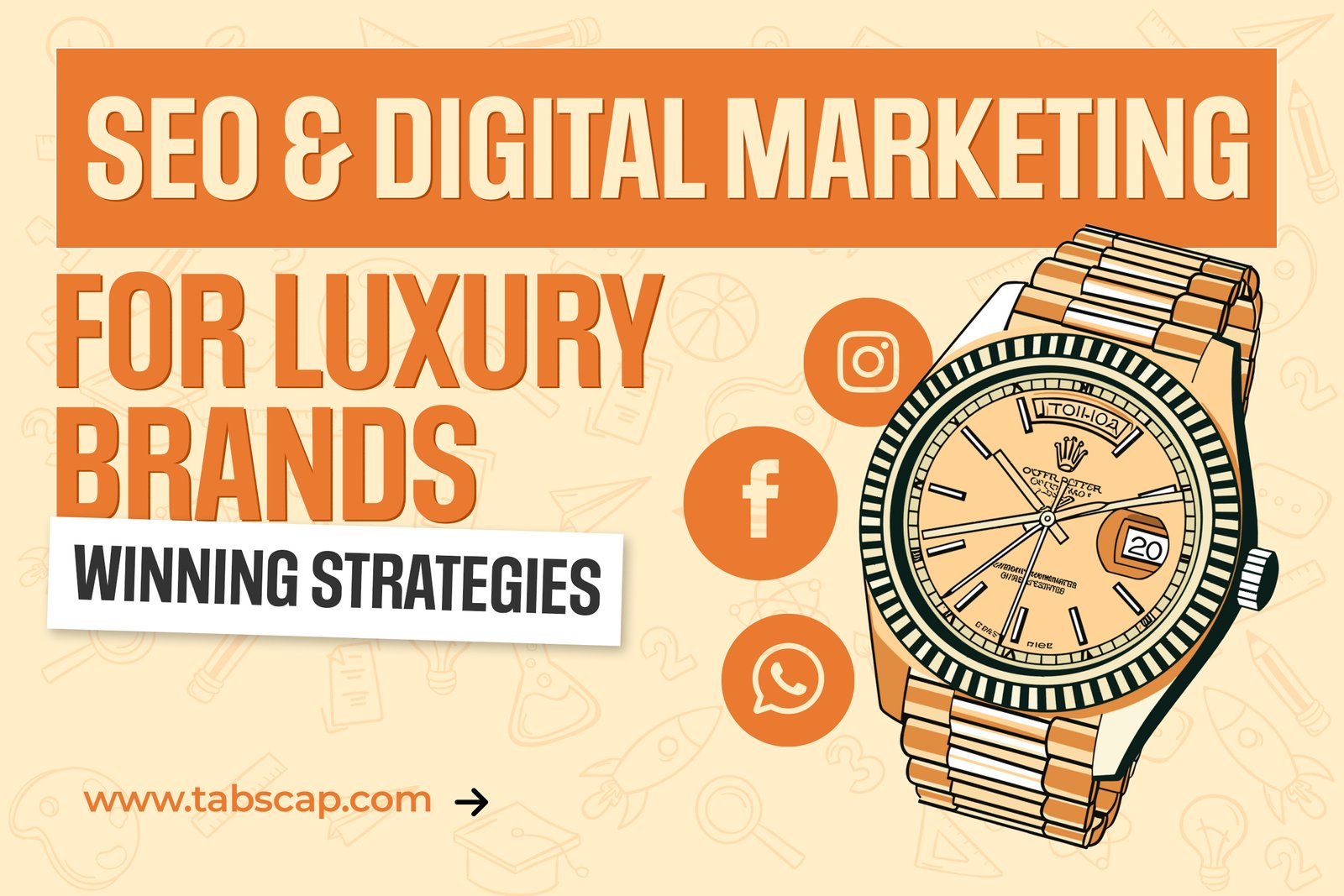

Today all companies and businesses, no matter how small, need to develop a good marketing strategy to be successful. The reason is simple: to avoid taking steps aimlessly without clear objectives. You must have a plan that serves as a reference when planning actions and strategies.
You may have heard the terms marketing strategy and marketing plan thrown around. People use them interchangeably, but the truth is, they’re different, and you, as a business owner, must know the difference.
Marketing strategy is more in theory. It aims to identify why you need a strategy and how it will help grow your business.
Marketing planning is all about execution. It helps you know how you’ll carry out the processes (the ones finalised in the marketing strategy). The action steps come under it.
Now that you know the difference between the two, it is time to understand why a marketing plan is vital.
Why Is A Marketing Plan Vital?
These are the reasons why a marketing plan is essential for your business.
- To know your market share and obtain a more comprehensive view of the industry.
- It makes you better know your competitors.
- Identify pain points of the buyer persona.
- It allows defining a communication strategy and proposing actions focused on the objectives of your company.
- Plan your actions throughout the year. It helps to know the budget and the resources to allocate to each one of them.
- Avoid unpleasant situations that can get in the way of meeting business goals.
- You’ll be able to carry out regular evaluations to check Return on Investment (ROI) and take appropriate decisions.
How To Create A Marketing Plan
Now it is time to tell you how to create a marketing plan so that your business can start benefiting from it.
Analyse The Current Situation
To know where you are going, you must first see who you are & where you come from. It is the first mandatory step in any marketing plan. It is crucial to analyse the current situation of the company.
To make analysis easy, you can resort to SWOT analysis. It is a classic method that companies have been using for a long time. So, let us explain it to people not familiar with it.
SWOT stands for Strengths, Weaknesses, Opportunities, Threats.
- Strengths: The strengths are the positive aspects of our company. They are the ones in which we give a tough competition to competitors. The strengths are the key to competitive advantage. We can identify them by asking ourselves about our advantages over the competition, resources, and strengths, for example, having a team with the best professionals or being considered the best in a product or service.
- Weaknesses: The weaknesses are the deficiencies of a company. They are disadvantages against competitors or the things you simply want to improve. To find them, you have to ask yourself questions such as "In what ways is the competition superior?", "What things cause us to lose sales?" or "What are we least satisfied with?" Some examples of weaknesses could be a lack of funding or limited product offerings. Once you identify your weaknesses, we recommend that you write them down to know exactly what you want to improve.
- Opportunities: Finally, the opportunities are the external factors that play in your favour, which can be taken advantage of by the company. Opportunities are the areas where you can easily excel. It could be could having access to a local audience that you know may love your product.
- Threats: The threats are negative. They are mostly external factors. They are those factors that endanger the company or reduce its market share. Identifying them in time can help you neutralize them. To find them, you can ask yourself about new market trends or changes in your sector, for example, the entry of new competitors into the market could pose a threat to your business.
Analyse The Competitors
Analysing the competition is a vital step that you should not miss while creating a marketing plan. To do an effective analysis, you have to answer these questions.
- What budget and volume of business do they handle? Large companies publish their annual or quarterly results, so it is usually easy to access the information in those cases. For small and medium-scale businesses, you can get useful information from LinkedIn. From their number of employees, you can get a good idea about the scale of their business.
- What is the price of their products or services? In the case of B2C companies, this information is easily accessible. But for B2B companies, you will have to search more. Once you have the required information, create an optimal price range considering the target market.
- How is their sales process? From the first contact to conversion to services per sale, your competitor's customer journey can give you many useful clues for your business. Make sure you focus on their sales process as it will help you tailor your process and make it even better than your competitors'.
- How do they get the customers? You have to identify what are their marketing and promotion strategies. In the case of online marketing, it is quite easy to find out by researching their website, social networks, and other channels. We also recommend that you take a look at tools like SEMRush.
Identify Your Objectives
Now that we have a clear starting point, we must see exactly where we want to reach. So now is the time to set our marketing goals.
This aspect is one of the most important in any marketing plan. But it is often the most neglected. Companies often set unrealistic objectives based more on their "wishful thinking" than on their reality.
You can identify your company’s objectives by using the SMART concept. Here’s what it is:
- S for Specific: The objectives must be specific and concrete. Goals like "increase brand awareness" are confusing because they could mean almost anything and be justified in many different ways. Instead, something like "increase brand mentions on social media by 15%" is preferable. Your team can easily understand it.
- M for Measurable: To know if an objective has been achieved, we have to be able to measure it. Therefore, besides defining the objective precisely, we also have to clarify how we will measure it. If we're going to do it manually or use tools, we have to state it clearly.
- A for Achievable: Aiming to do tasks that take several weeks in a single day only leads to discouragement in the team. When we set objectives, we have to consider the effort they require, the time and other costs. You have to look at the current situation of your business because it will help you know whether the goals are achievable or not. Setting realistic goals is the key here.
- R for Relevant: It seems obvious that the objectives have to be relevant, but it is not in practice. Many digital marketers aim to increase visits to a blog or website. But if those visits are not high-quality and do not lead to conversions, they are not contributing anything to the company. You have to make sure that marketing objectives have to respond to business objectives.
- T for Time-bound: Every marketing goal must be time-bound. We don’t want you to be too strict on the deadlines, but you must still have them as they’ll let your team know the time for completing a task.
Know The Budget
You cannot create an effective marketing plan without considering the budget. If you don’t have a set amount for the marketing plan, you can easily overspend. You must consider different channels (website, search engine and social networks) and assign amounts to each of them.
To save money (where you can), analyse which channels can bring you the most results. You don’t have to get overwhelmed because if you’ve been marketing for some time now, you’ll know which ones are the best channels for your business.
Analyse The Results
So you’ve been putting in the work and following all of these points. You’re also getting results. So, what now?
Now is the time to analyse the results. If you don’t, you cannot know whether whatever you were doing brought expected results or not.
Based on the results, you can continue improving what was working and ignore some things that you think will not affect your business.
Conclusion
We covered everything about the marketing plan in this blog. We hope you’ll benefit from the information and start implementing it for your business.
We tried to cover the topic in-depth so that even a beginner can understand what a marketing plan is and how it will benefit their business.
Businesses are already benefiting from creating a marketing plan. So, now is the time that you also create one and be on the road to success.
In case you forget anything about the topic, you can always refer to this blog.



